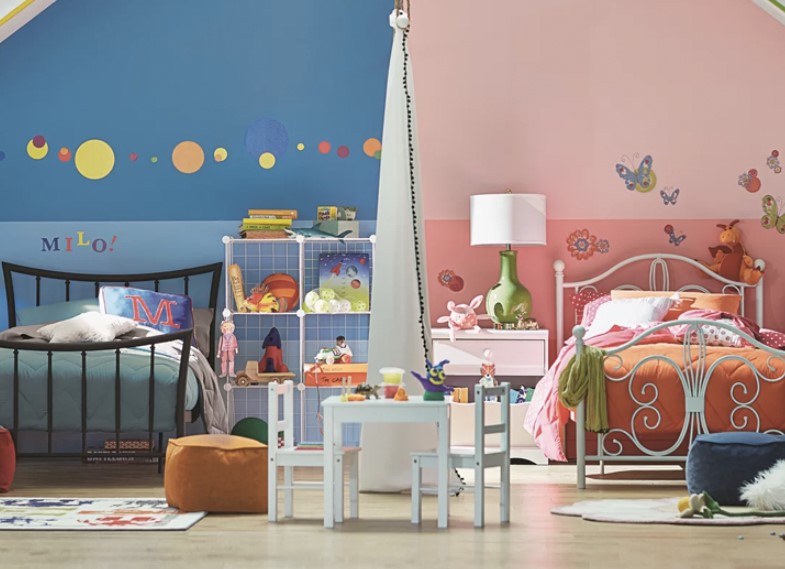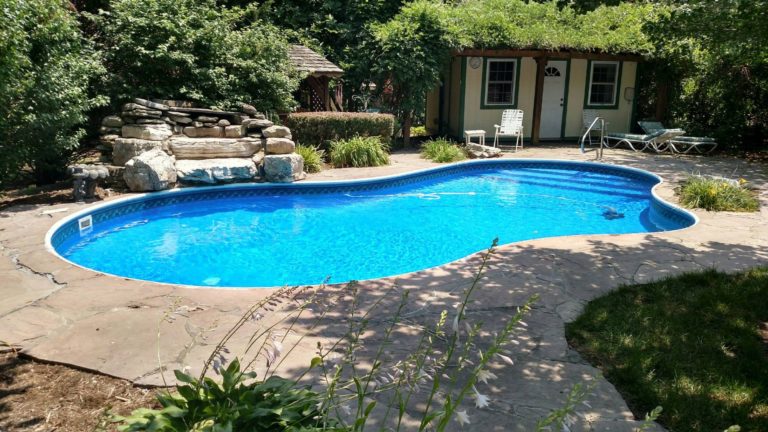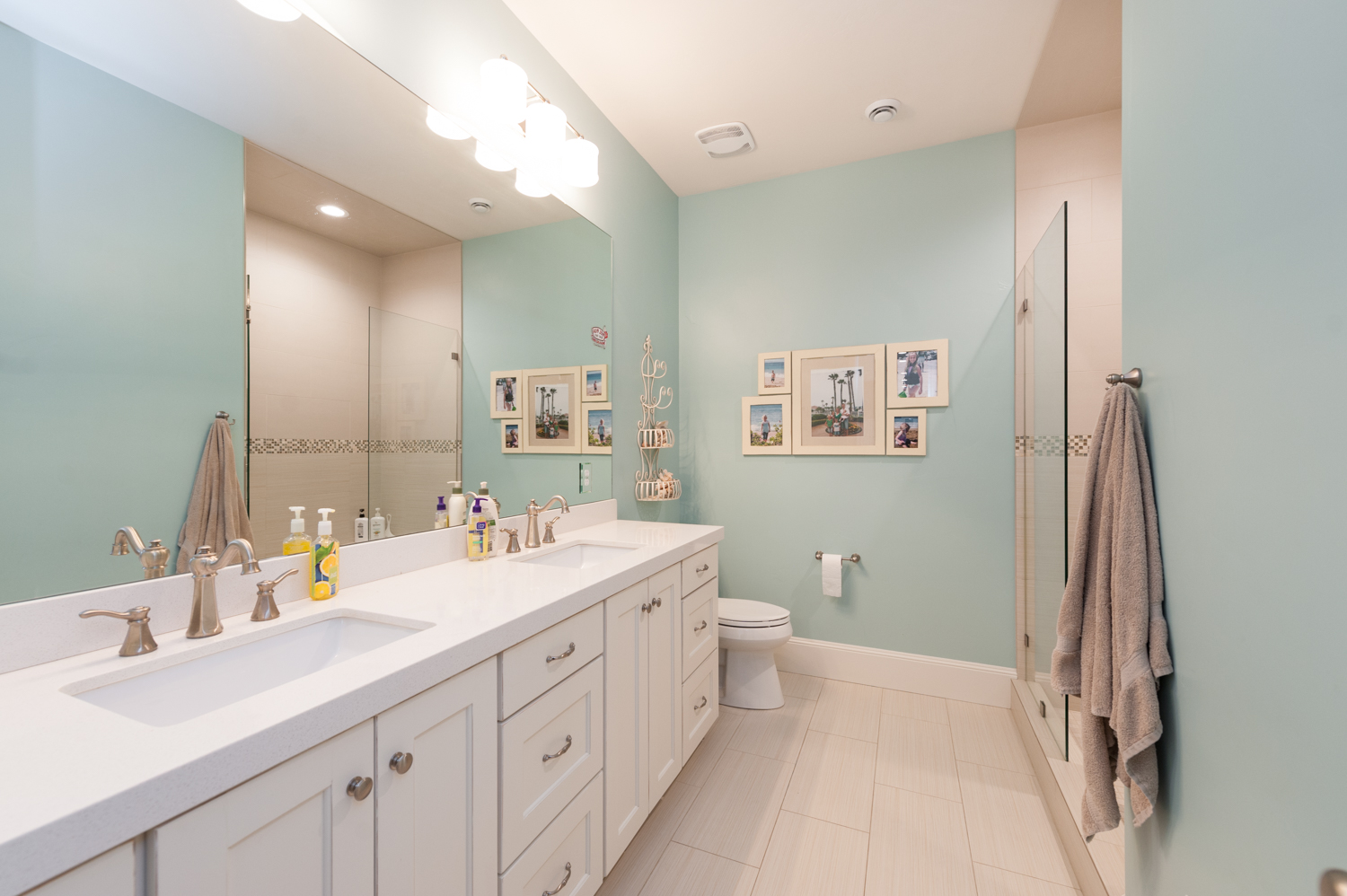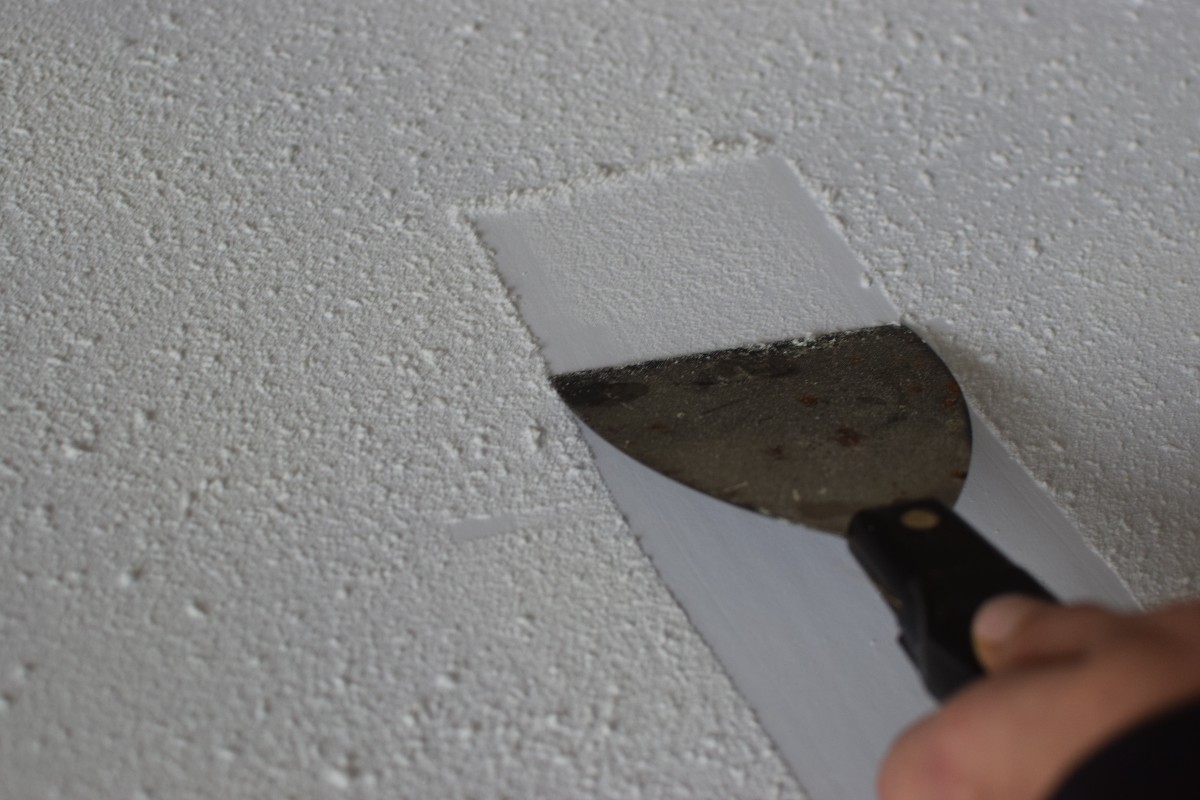Contents
Designing a shared room for a boy and girl can be a delightful challenge. Not only do you want the space to reflect each child’s personality, but it also needs to function well, look balanced, and allow for some privacy. With a thoughtful approach to layout, color, storage, and decor, you can create a shared bedroom where both children feel at home. Here’s a guide on setting up a split boy and girl room that is both practical and aesthetically pleasing.
Why Split Boy and Girl Rooms Are a Great Idea
When siblings share a room, it can be a bonding experience and a lesson in sharing, collaboration, and compromise. But it also presents challenges, especially when it comes to privacy, personal space, and design choices. A split boy and girl room provides each child with a defined area, creating a sense of ownership over their part of the room. This setup can help minimize conflicts over shared space and ensure both kids feel comfortable and respected.
Tips for Designing a Shared Boy and Girl Room
1. Start with the Layout: Divide the Room Efficiently
Before diving into decor, take some time to think about the layout. For split boy and girl rooms, consider using furniture as a divider. Bunk beds, for example, are a great space-saving solution that can create a natural boundary if placed strategically. Alternatively, a bookshelf, wardrobe, or even a curtain divider can help split the room into distinct zones. These options allow each child to have a designated area without needing to build a permanent wall.
If the room is narrow, try placing beds on opposite sides with a shared desk or storage area in between. For square rooms, positioning beds in opposite corners can also provide a sense of personal space.
2. Use Color to Define Each Side
A split bedroom design doesn’t have to be boring or overly gender-specific. While traditional pink-and-blue themes are common, consider using more gender-neutral shared bedroom ideas like green, yellow, or gray. You can use wall colors, bedding, and curtains to give each side its own look without clashing. For example, try a combination of navy and mint green or pastel shades for a calming, balanced aesthetic.
Paint is a simple way to define each side. Half-and-half wall paint, where each side of the room has a different color, can help make the split visually distinct. You could even add a wallpaper feature for each side to personalize the space even further.
3. Choose Coordinated but Unique Decor
When decorating a shared room, it’s important to balance individuality with harmony. Opt for shared room themes for siblings that allow for personal touches. For example, you could go for a nature theme where each side has different plants, or a minimalist look with varying accessories.
Adding a personalized touch to each side—such as unique wall art, name plaques, or distinct bedroom wallpaper ideas—allows each child to express themselves while still keeping the decor cohesive. Storage solutions are also key; using matching storage boxes, baskets, or shelves will maintain a uniform look and help keep clutter in check.
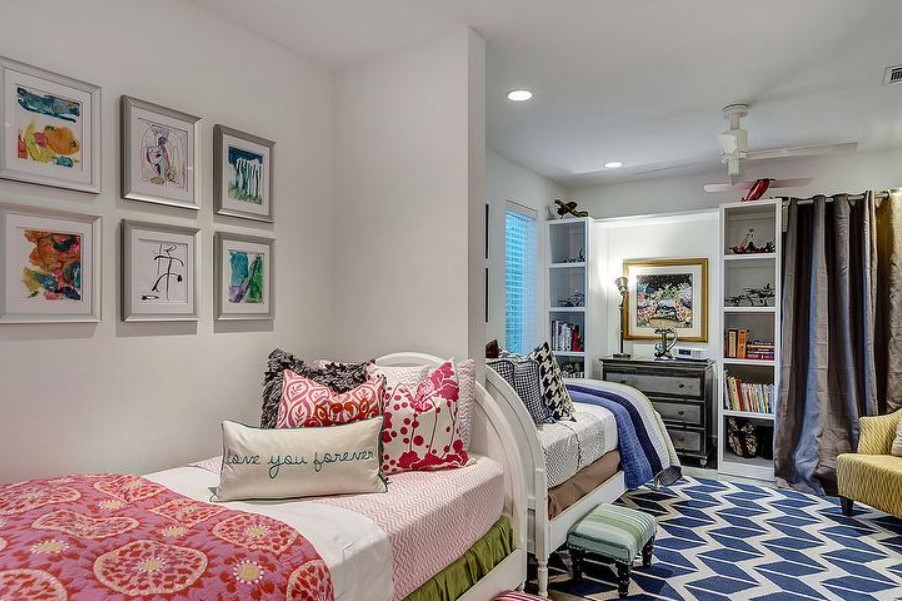
4. Privacy Solutions for Shared Kids’ Room
Privacy is often a top concern in split boy and girl rooms, especially as kids get older. If building a partition wall isn’t an option, consider other creative privacy solutions. Curtain dividers can be an inexpensive and flexible option, offering privacy when needed and open space when not. You could also look into privacy screens or DIY room dividers made from repurposed furniture or panels.
Some families opt for loft beds with built-in desks or seating underneath, which creates a semi-private “zone” for each child. This setup can work particularly well in small shared rooms, maximizing both vertical and horizontal space.
5. Invest in Double-Duty Furniture
In shared rooms, space-saving is essential. Double-duty furniture like a desk that doubles as a vanity or storage beds can help you make the most of limited square footage. Consider multi-functional pieces such as beds with built-in drawers, or storage benches that can hold toys and books. These storage hacks are especially useful in split boy and girl rooms, where extra space is often limited.
Bunk beds can be a great solution for siblings with less floor space, and they come in various styles. Some even have drawers or shelves built into the frame, making them perfect for storing each child’s personal items. Furniture like this not only saves space but also adds functionality to the room.
6. Find Smart Storage Solutions
In shared rooms, clutter can quickly become an issue. To keep things tidy and organized, focus on space-saving ideas for shared rooms. Invest in vertical storage like wall shelves, floating shelves, or over-the-door organizers. Under-bed storage boxes are perfect for extra toys or seasonal clothes and can free up floor space.
Using labeled bins or baskets can make it easier for each child to keep their belongings separate. If possible, designate a storage area for each child—whether it’s a separate shelf or drawer—to give each one a sense of responsibility over their personal items.
7. Make Use of Lighting
Good lighting can make a room feel larger and more inviting. Try to create dedicated lighting for each side of the room with bedside lamps or wall-mounted lights. This way, one child can read or do homework without disturbing the other.
Consider a combination of overhead lighting and task lighting for study areas or cozy nooks. Fairy lights or small nightlights can add a warm, comforting glow to the room, making it feel like a special space for both kids.
8. Encourage Collaboration in Decorating the Room
Involving your children in the decorating process can help them feel a sense of ownership over their shared room. Let them pick out a few decor items for their side, like bedding, pillows, or wall art. Encouraging collaboration not only makes them excited about the room but also teaches valuable lessons in sharing and compromise.
FAQs About Split Boy and Girl Rooms
How can I make a small room work for a boy and girl?
Use space-saving furniture like bunk beds or loft beds, and add vertical storage solutions like wall shelves. Divide the space with a curtain or storage unit, and use color to define each side of the room.
What colors work well in a shared boy and girl room?
Gender-neutral colors like mint green, navy blue, gray, and yellow can look great. Try using complementary colors on each side or a neutral base with pops of color for individual expression.
How can I create privacy in a shared room?
You can use curtain dividers, privacy screens, or strategically placed furniture to create a semi-private space for each child. Loft beds with desks or seating underneath can also create a sense of separation.
What are some storage ideas for a shared kids’ room?
Consider under-bed storage boxes, wall shelves, and labeled bins or baskets. Shared storage units like bookcases or dressers can work well if each child has designated sections.
Final Thoughts
Creating a split boy and girl room is all about balance. From dividing the space effectively to choosing colors, decor, and storage solutions that work for both children, this type of design requires some thoughtful planning. But with the right approach, you can create a shared bedroom that celebrates each child’s personality while fostering a positive, cooperative environment. A well-designed shared room doesn’t just look good—it also helps both kids feel at home.
You May Also Read:

